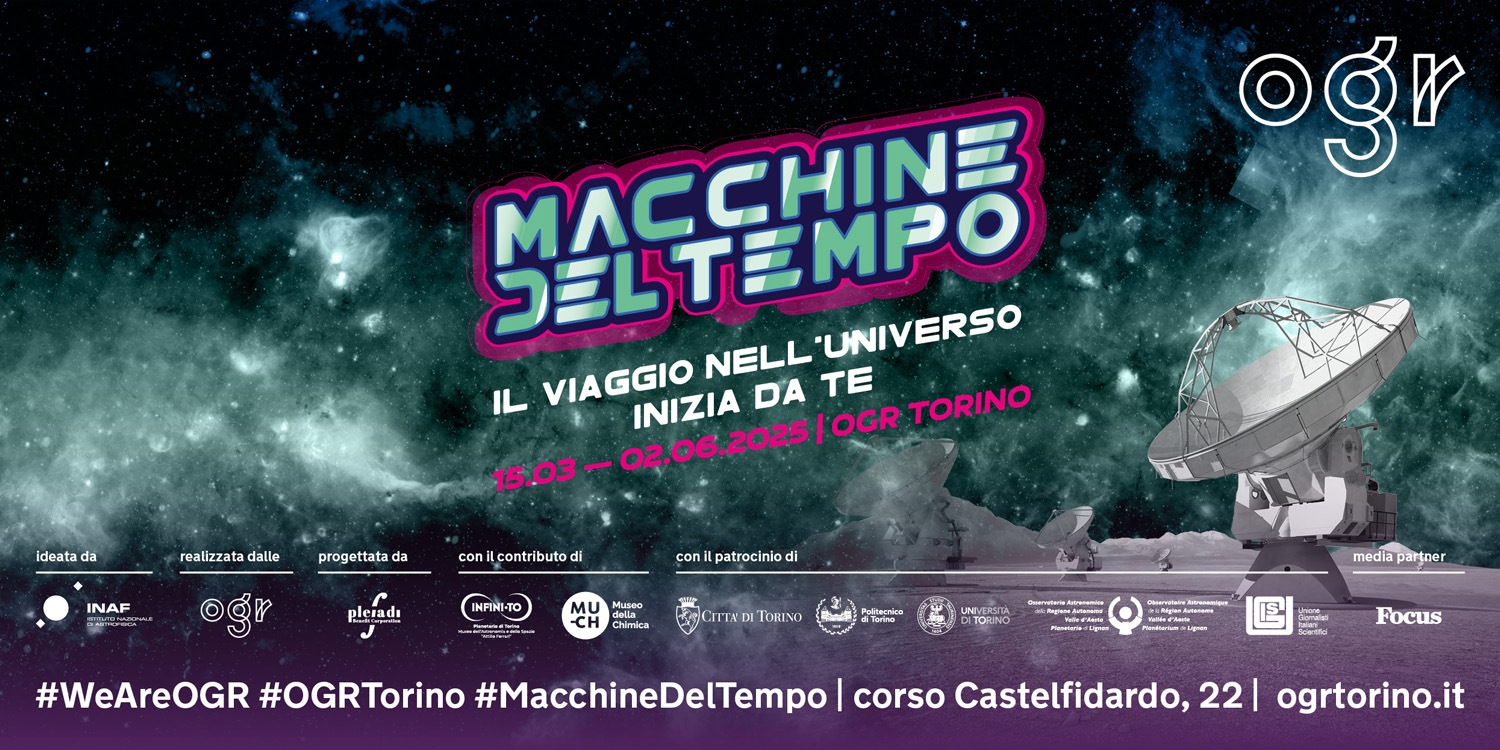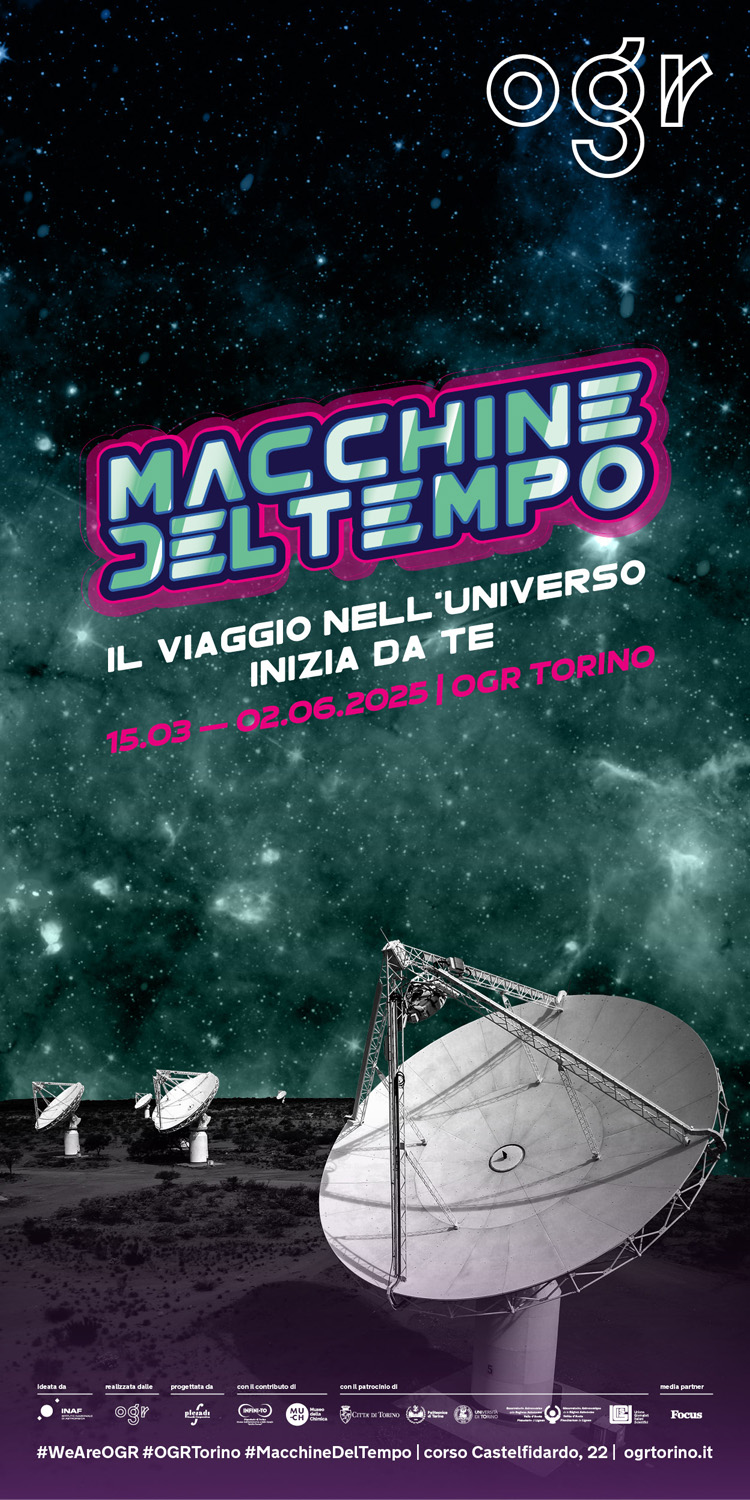If you wish to know more about NEO, or more specifically about NEA – asteroids whose orbits bring them close to earth – you can visit the website of the Center for Near Earth Object Studies (CNEOS). CNEOS is the main center for studies of NEO worldwide, and is an emanation of NASA’s Jet Propulsion Laboratory (JPL) (as can easily be deduced from its web address cneos.jpl.nasa.gov) and of the California Institute of Technology, CALTECH.
The website is well structured and easily navigated: it displays a single horizontal menu, formed by eight sections which automatically open their respective drop-down menus:
ABOUT | ORBITS | CLOSE APPROACHES | IMPACT RISK | PLANETARY DEFENSE | DISCOVERY STATISTICS | TOOLS | EXTRAS
Except for the last two, each menu starts with an “Introduction” entry, which presents the subject to unfamiliar users who usually start navigating from the “ABOUT” section, with its 3 pages on NEO, CNEOS, and the latter’s scientific program.
Things get more complicated in the “ORBITS” menu, because it directs you to the external site Solar System Dynamics (SSD), also by NASA, which has several databases specific for NEO. SSD’s website interface was somewhat outdated until recently, but it was updated on Sept. 27, 2021, and has now being improved in its graphics and navigation.
“CLOSE APPROACHES” is a very interesting section. After the introduction, it presents a page with the list of NEO close approaches to earth expected in the coming 2-3 months. It also has an interactive and up-to-date fireball map, which shows the explosions caused in the atmosphere by falling meteoroids since 1988, which have been geolocalized by satellites. The size and color of each circle representing a bolide on the map indicates the estimated energy of the impact. The large red circle on Russia is the Chelyabinsk asteroid. Complementing the map is a table listing the dates and times of all reported bolides, their irradiated energy and, when available, additional data such as the altitude and speed of the bolide at its maximum luminosity.
Things get even more dicey with “IMPACT RISKS”, where we can check out the orbits of objects which can potentially collide with earth in the next 100 years, either for known NEO (“Sentry”) or for NEO which are to be confirmed (“Scout”).
“PLANETARY DEFENSE” is the section describing simulations of possible impact scenarios, and of NEO deviation techniques. The latter could seem realistic to the less attentive readers, which is why the hypothetical and experimental nature of these exercises is particularly emphasized.
The “DISCOVERY STATISTICS” section is very useful to obtain a general overview of the current situation, because it contains many graphs and tables with NEO statistics as functions of the discovery date (“Cumulative Tools”), of size (“by Size”), of observing project (“by Survey”), and relative to NASA’s NEOWISE mission (“NEOWISE”).
“TOOLS” is similar to the “ORBITS” menu, with the addition of an asteroid size estimator and other tools from the SSD site, which allow to: estimate the size of a NEO from its absolute magnitude and albedo (i.e. is reflecting power); obtain a list of observable NEO at a given place and time; examine known orbital and physical parameters and – optionally – produce an orbit diagram.
Lastly, the “EXTRA” section returns to a more generalized use, with many interesting internal pages, starting with the almost 200 news items on NEO published to date since 1988. In addition, the FAQ section, a short Glossary, the list of space missions dedicated to NEO, and more, will make even the most inquisitive readers happy.

